Citation is a reference to a published or unpublished source. More precisely, a citation is an abbreviated alphanumeric expression embedded in the body of an intellectual work that denotes an entry in the bibliographic references section of the work for the purpose of acknowledging the relevance of the works of others to the topic of discussion at the spot where the citation appears.
When you use information from a source you must always indicate it with a citation. You must make both in-text citations and a reference list at the end of your work.
Check:
- that your citations are written in accordance with your chosen to reference system
- that your reference list is complete and without mistakes.
Quoting
Sometimes you may use quotations. This means writing down a certain passage from your source, word-by-word, placing it within quotation marks, and citing the source.
Check:
- that your quotations are transcribed correctly
- that your quotations are cited correctly and include a page reference.
Paraphrase – presenting the ideas and information you have read in your own words. By translating content from your research into your own words, you demonstrate to your reader that you've understood and are able to convey this content.
It is important to be very thorough when you paraphrase. Paraphrasing is not simply taking what someone has written and changing a few words to make it your own. It is about translating another person's ideas into your own words and in reduced form. You must change the words a lot of, so they are no longer similar to the original. Even if you use an in-text reference to show where the idea came from, a lecturer may decide that what you have written is plagiarism if your wording is still too close to its source.
Ten useful steps
Follow these ten useful steps when you are attempting to paraphrase an author's argument or idea:
- Read the source
- Understand the source
- Highlight any technical words that you cannot change
- Put the source aside
- Write the main idea or point in your own words
- Re-read the source quickly to ensure you've included what is important
- Put away the source again
- Re-read your paraphrase and edit further if needed
- Check for correct sentence structure and grammar
- Incorporate the paraphrase into your assignment wherever it belongs.
Summarizing is not verbatim, is put into your own words, including only the main points or main ideas, provides a broad overview, often shorter than the original text, not in quotation marks, and needs attribution to the source. Summarizing is the final form of incorporating other people’s ideas or information into your writing. Summarizing is meant to condense and distill long passages or whole texts; to outline someone else’s main ideas or main points in your words leaving out details and examples; to briefly give examples of several ideas, arguments, or points of view on a topic; to use fewer words than the original text; to provide further evidence or examples.
Synthesis contains combinations of different information and ideas to develop your own argument.
How to synthesize other people's work?
- group sources in a category, for example, authors with similar views or research results
- write about it in your own words, do not discuss each author separately
- add a reference
General Citation Requirements
-
the text of the quotation begins and ends with the quotes, is given in the grammatical form in which it is presented in the source, with the preservation of the features of the author's text
-
the citation should be complete, without shortening the author's text and without distortion of the author's thoughts
-
the passage of words, sentences, paragraphs in the citation is allowed without distortion of the author's text and is indicated by three dots
-
each citation is necessarily accompanied by a link to the source
-
with indirect quotation (the translation, presentation of the opinions of other authors in their own words) should be accurate in teaching the author's thoughts, correct in evaluating its results and give relevant references to the source
-
the quotation should not be neither excessive nor insufficient, because it reduces the level of scientific work: excessive quotation creates an impression of the compilation of labor, and insufficient - reduces the scientific value of the material
-
if it is necessary to determine the attitude of the author of a scientific work to separate words or thoughts from the cited text, then after them in brackets put an exclamation mark or a question mark
When quoting other people's work, check if:
- used in the text direct citations from the sources
- provided a complete quotation, without any reduction of the author's text and without distortion of the author's thoughts
- took the quoted text in quotation marks, indicated the reference to the source
- indicated in parentheses the name of the author after the presentation of the main idea, if not used in a quote
- removed certain snippets to avoid long quotes and marked with a triplet
- provided explanations that break the text of the quote, in square brackets
- grammatically agreed with the author's text quotes that are incomplete sentences.
The use of other people's ideas, the actual material, the citation without reference to the source, borrowing is a violation of copyright and is regarded as plagiarism, appropriation of another's authorship, the issuance of someone else's work or invention for their own. Translation of non-verbal author text does not require quoting but provides a reference to the source.
Reference
Reference – consists of the information about the original source that is required in order for the reader to easily find that source. Different branches of learning to tend prefer particular referencing systems. Each system indicates how to use citations in the text and how to make a reference list.
- reference allows you to check the reliability and accuracy of the above quotations, formulas, statistics, facts, and information drawn from other publications
- reveal and find these primary sources
- get acquainted with the literature on the subject of the study, in particular those works in which any issue is covered in more detail than in this publication, or another reason is given and argued.
References in scientometrics help to determine the relevance and significance of the publication, its impact on the development of research in a particular industry.
Correct use of quotations and the design of references in scientific works is an important part of adherence to the principles of academic integrity and promotes the qualitative integration of Ukrainian researchers into the world system of scientific communication.
The submission of bibliographic information is determined by the State Standards of Ukraine:
In Ukraine, recommended for use are the following international citation styles:
- MLA style (Modern Language Association) – humanities (art, literature, foreign languages, religion, philosophy).
- APA style (American Psychological Association) – social sciences (sociology, law, psychology, history).
- Chicago Style (Turabianstyle) – a universal style for academic editions and student research papers.
- Harvard Referencing style (BSI - British Standards Institution) – humanities and social sciences.
- ACS style (American Chemical Society) – chemistry and other natural sciences.
- AIP style (American Institute of Physics) – physics and physical sciences.
- IEEE style (Institute of Electrical and Electronics Engineers) – engineering, electronics, telecommunications, computer science, and information technology.
- Vancouver style – medicine and physical sciences.
- OSCOLA (Oxford University Standard for Citation of Legal Authorities) – the science of law and jurisprudence.
- APS style (American Physics Society) – physical sciences.
- Springer MathPhys Style – mathematics, physics, statistics.
- CSE Style (Council of Science Editors) – natural sciences.
Examples of bibliographic descriptions for international citation styles


 укр
укр  eng
eng 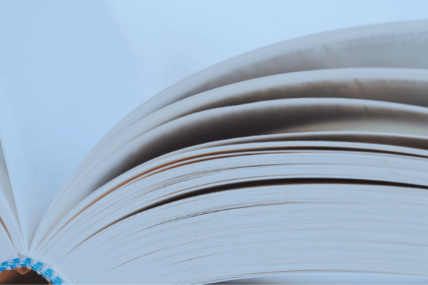







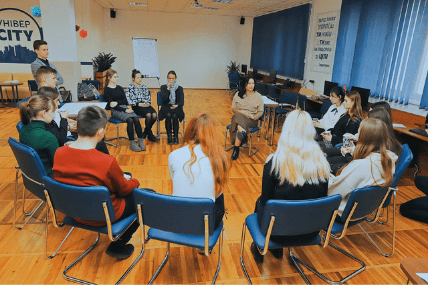
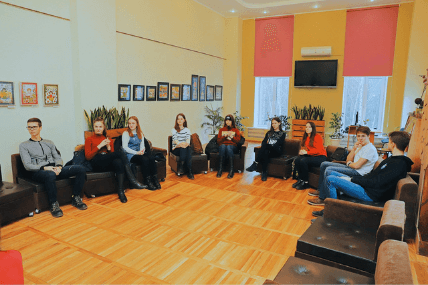



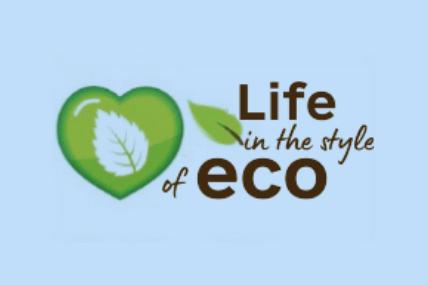

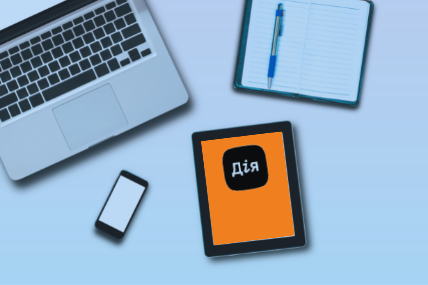






















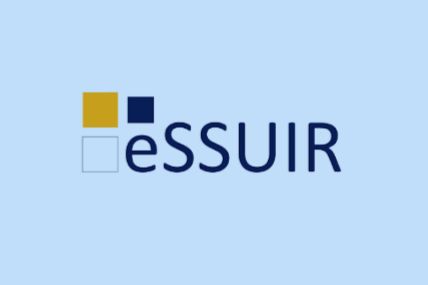

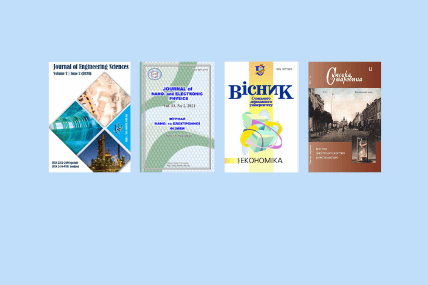
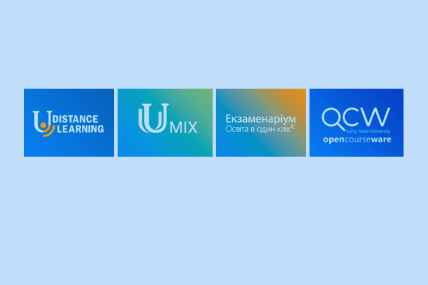



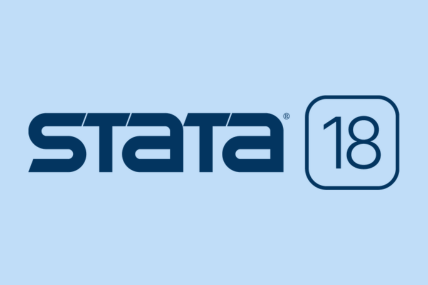







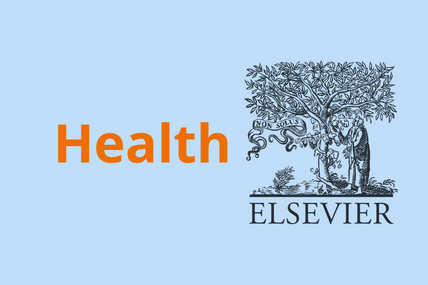



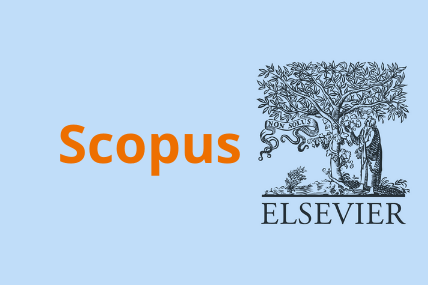
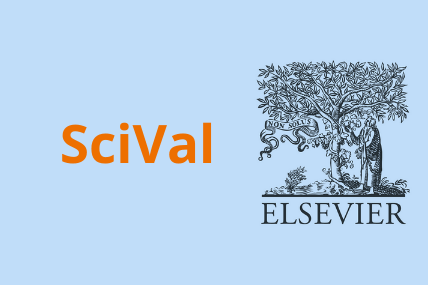



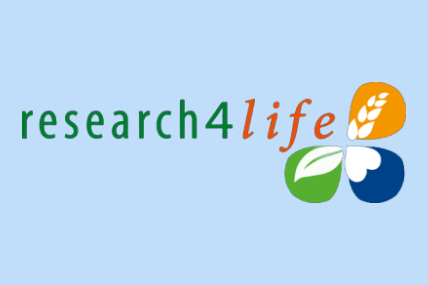
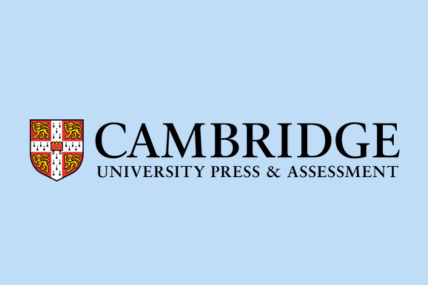



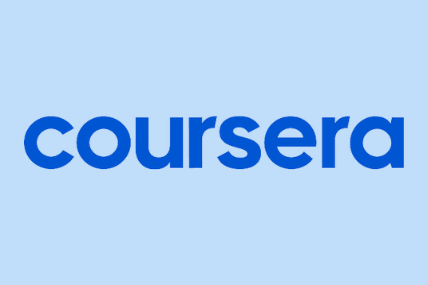


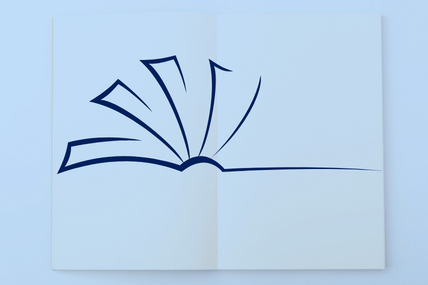



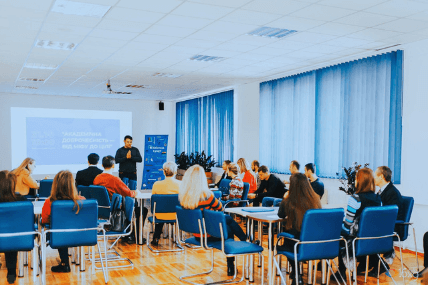



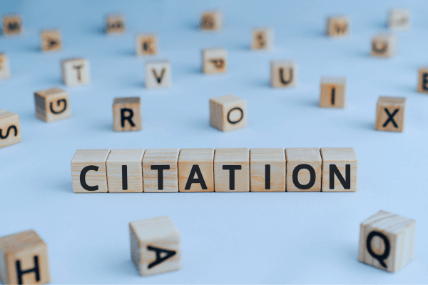

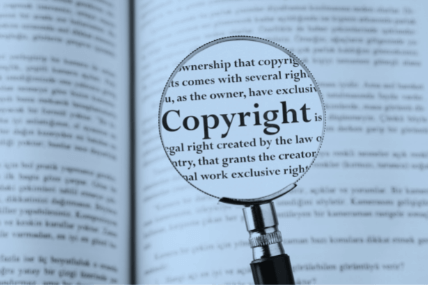

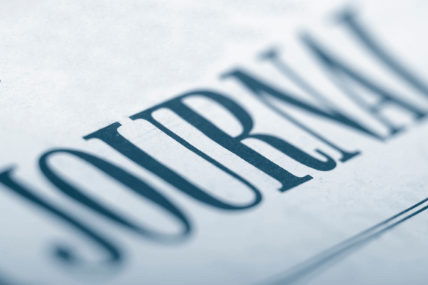




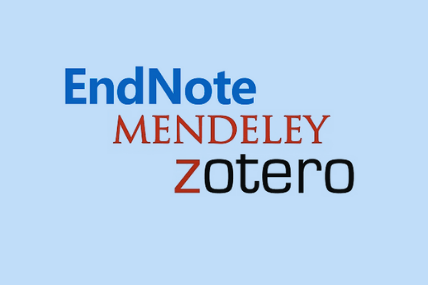


 Oksana Samodai
Oksana Samodai Yana Fandikova
Yana Fandikova Olga Bashlai
Olga Bashlai







